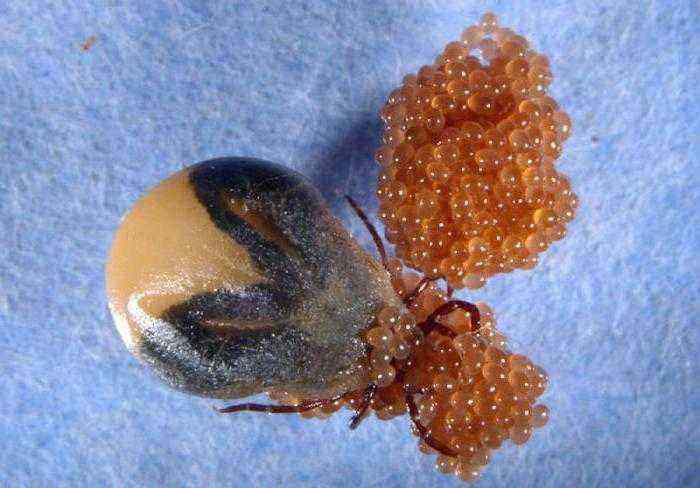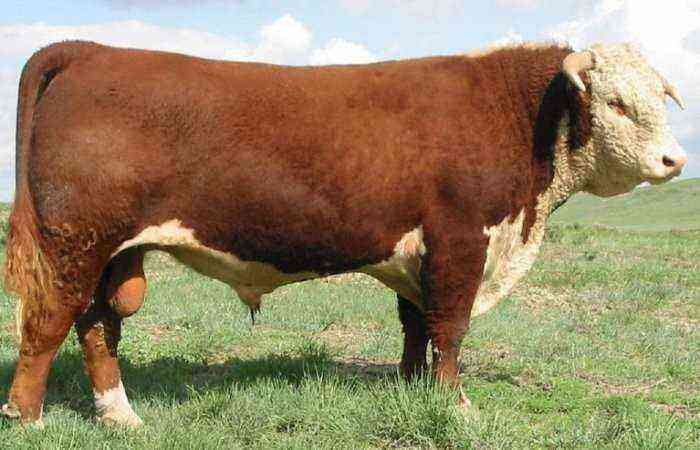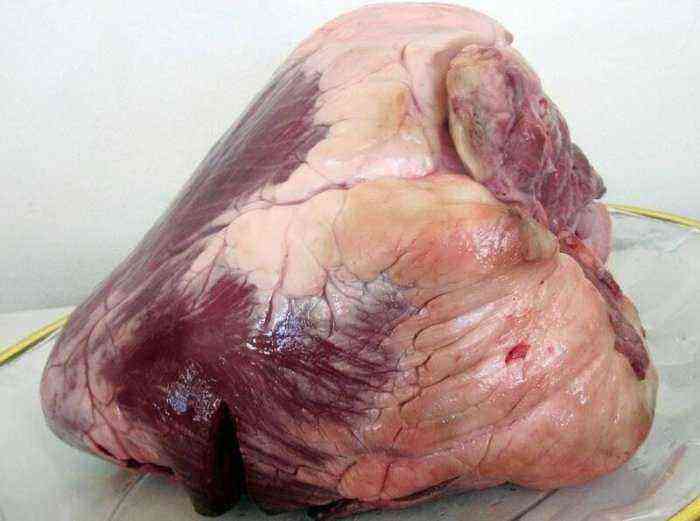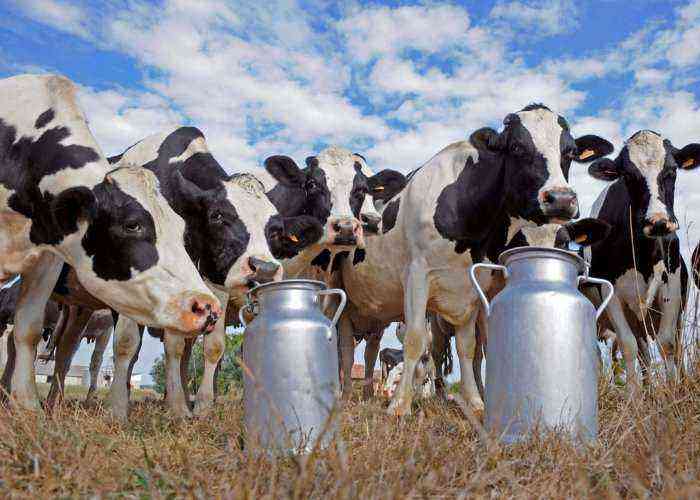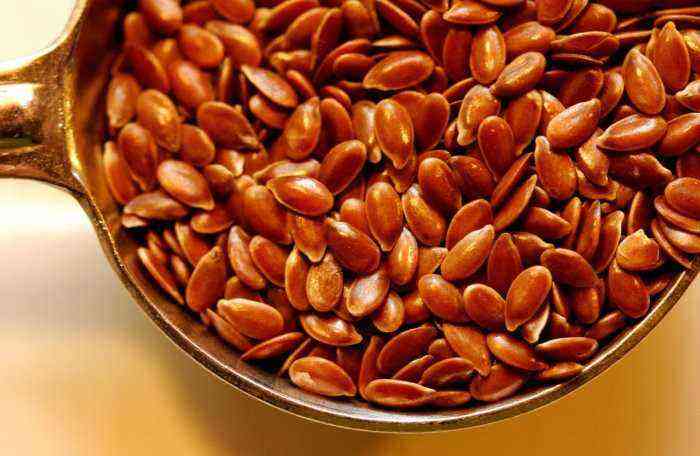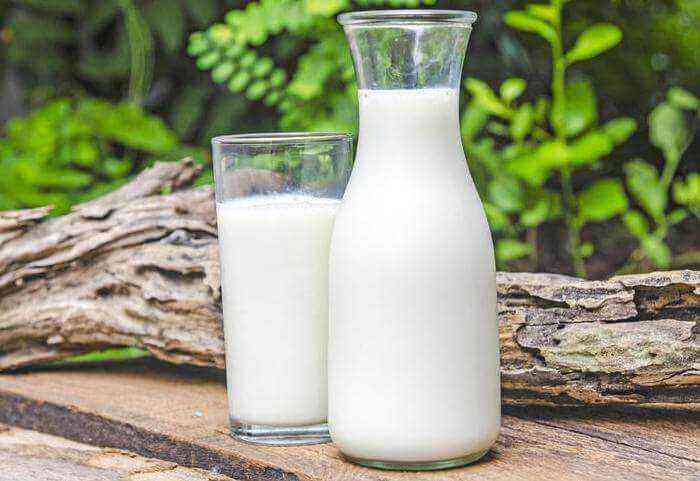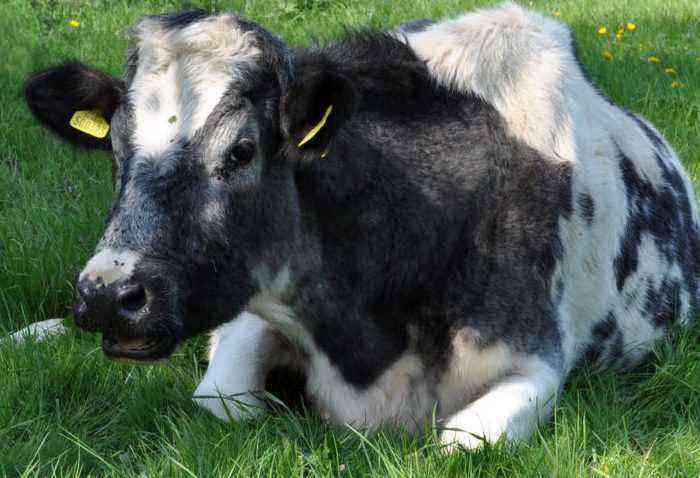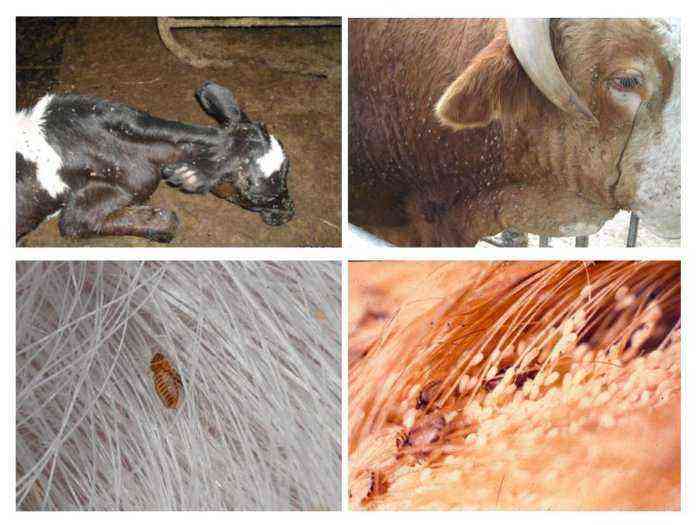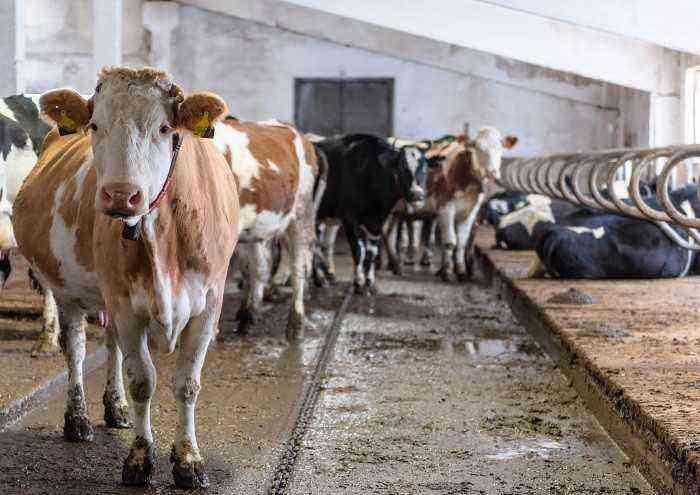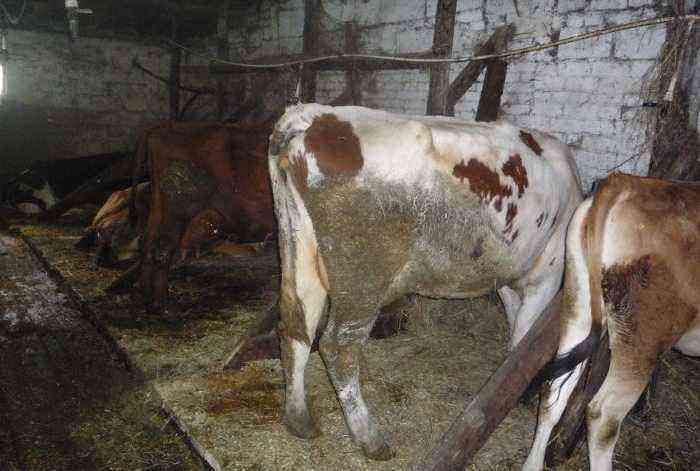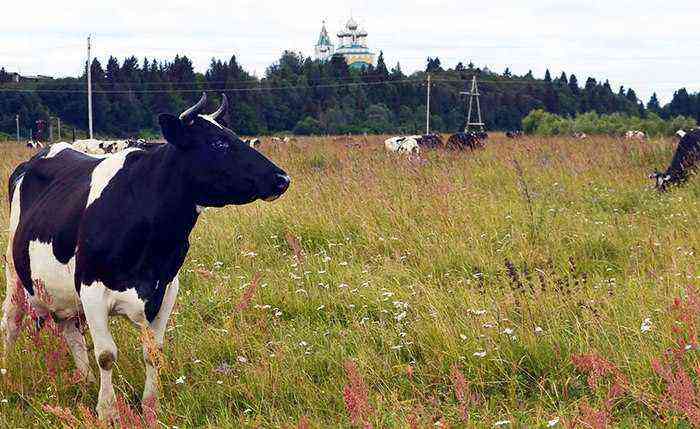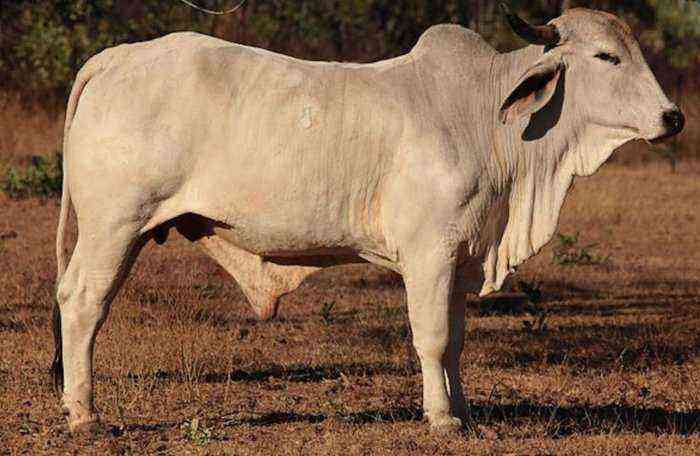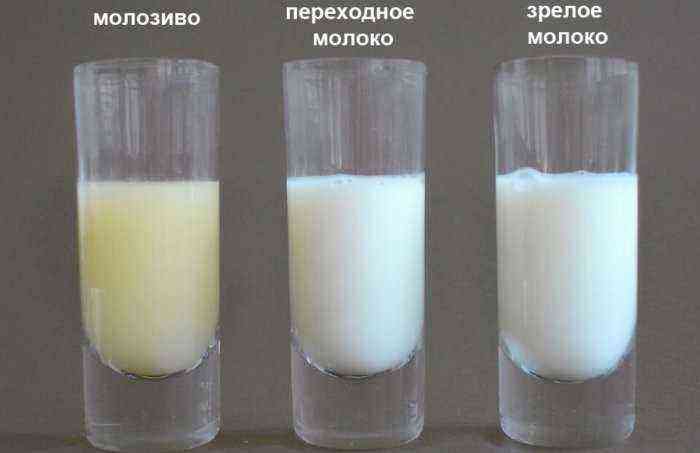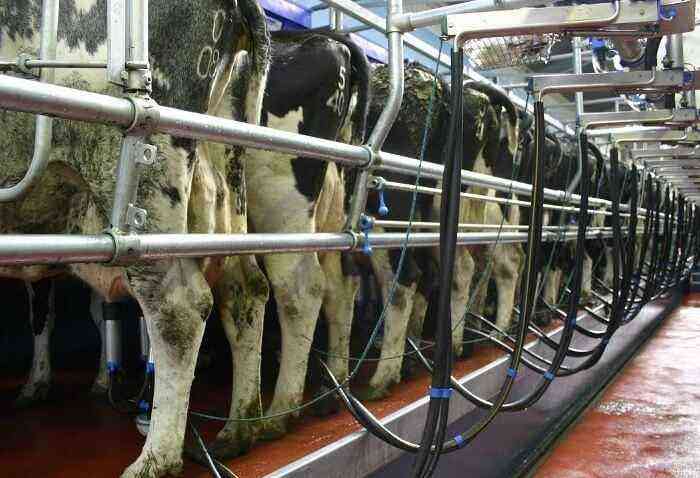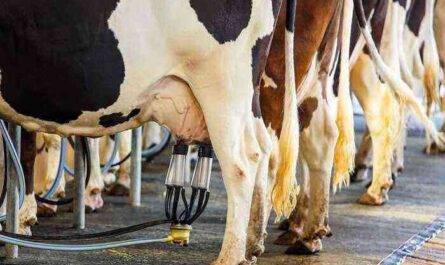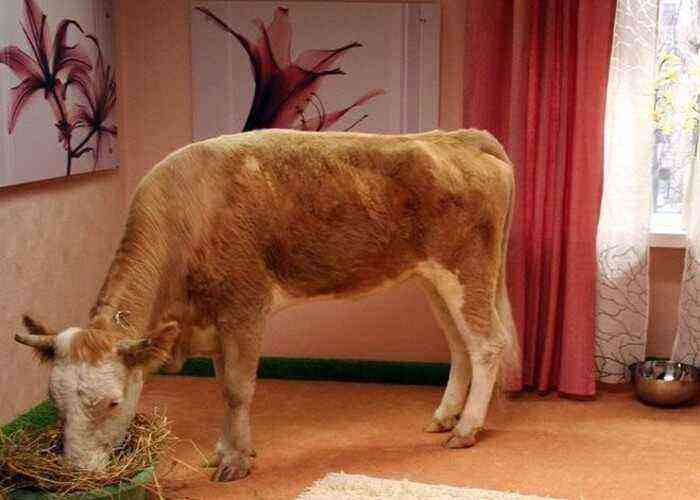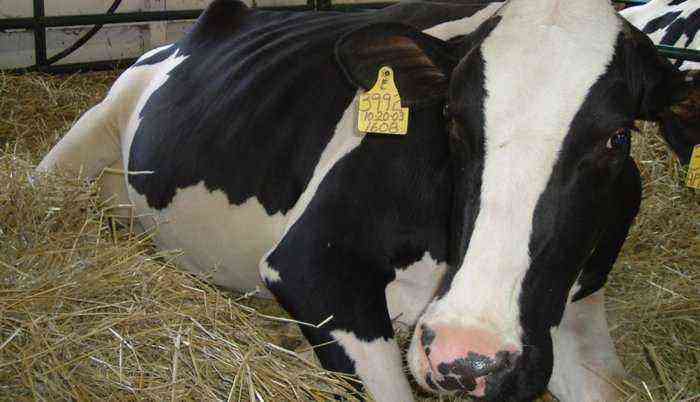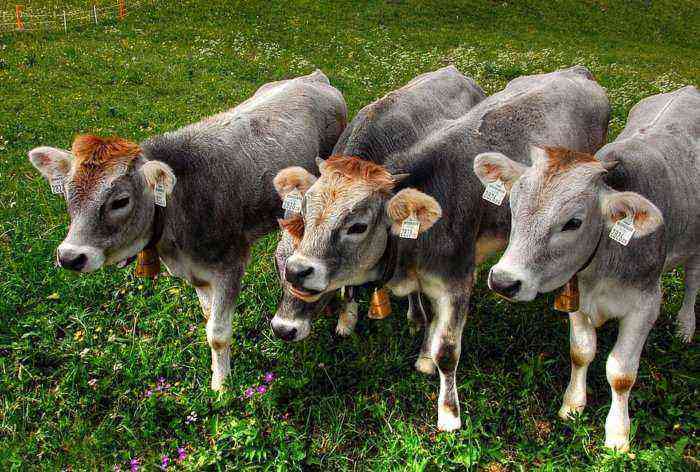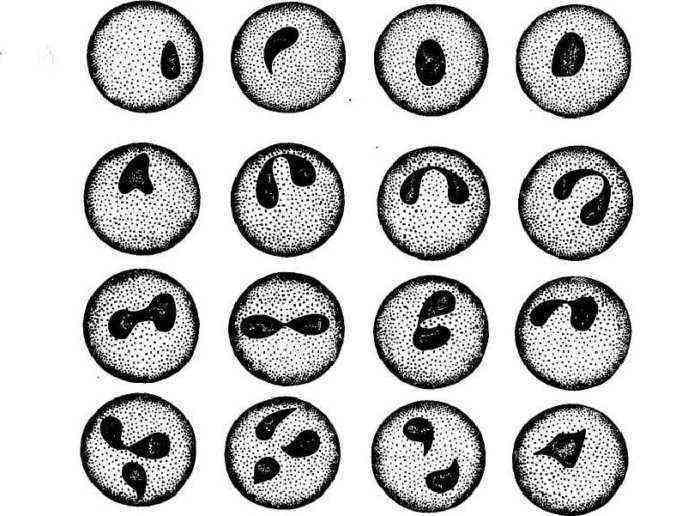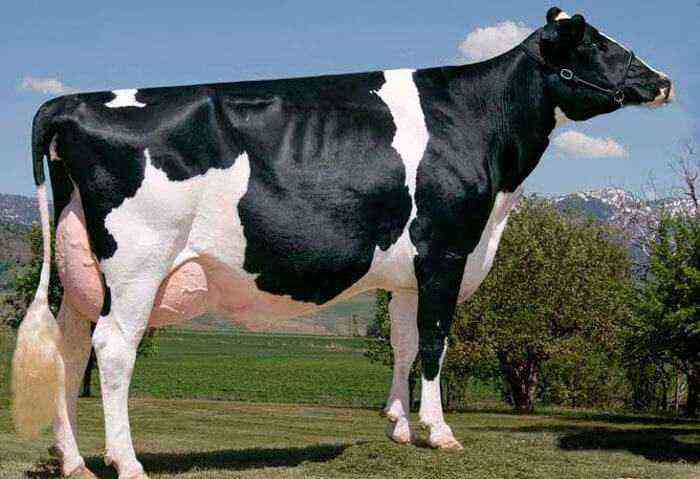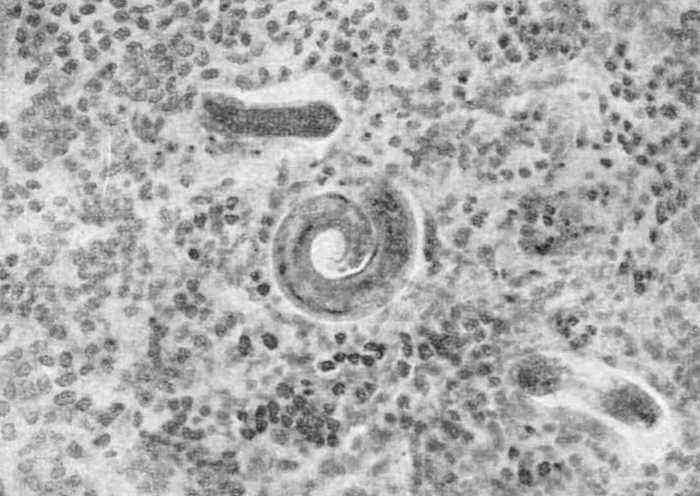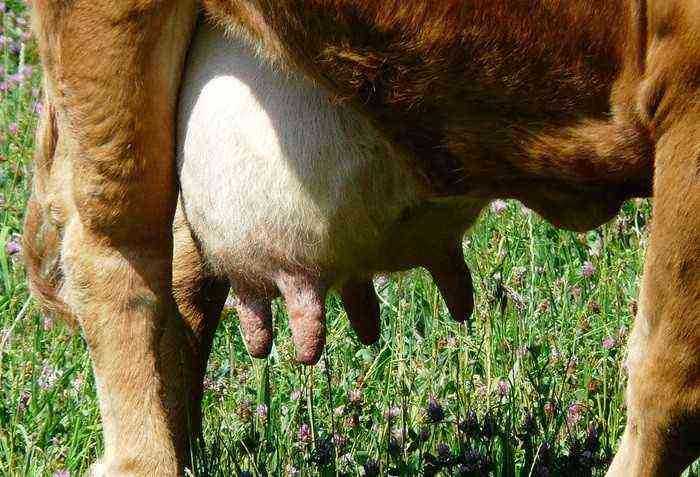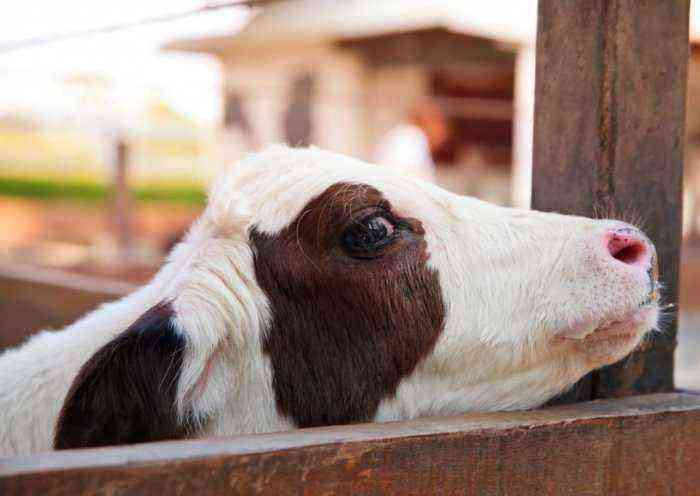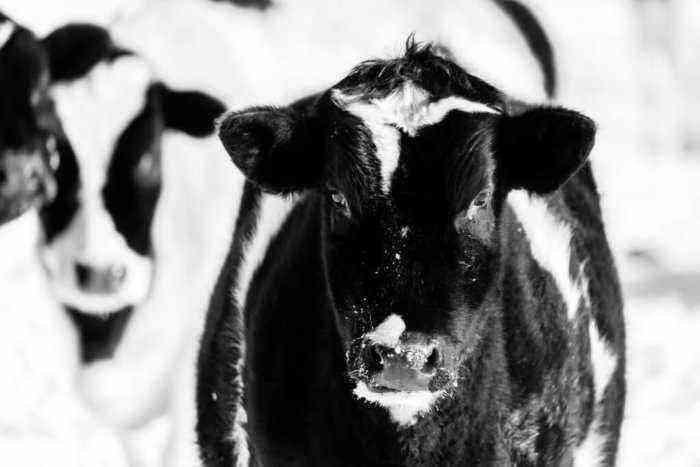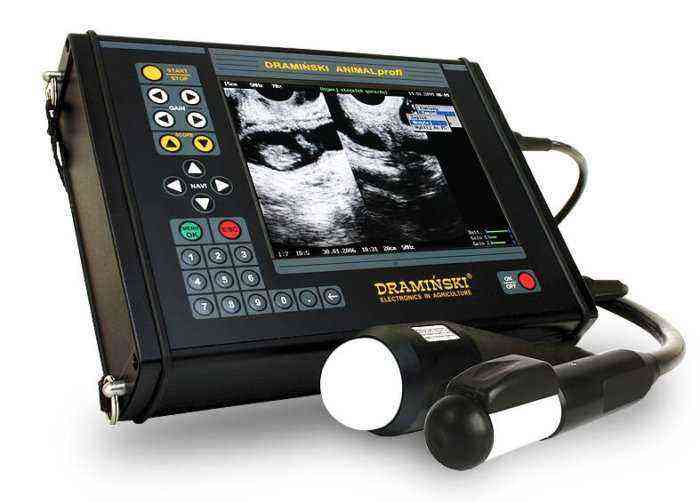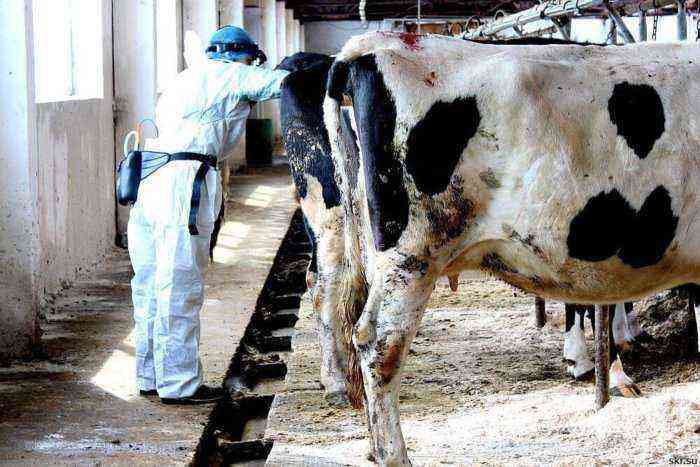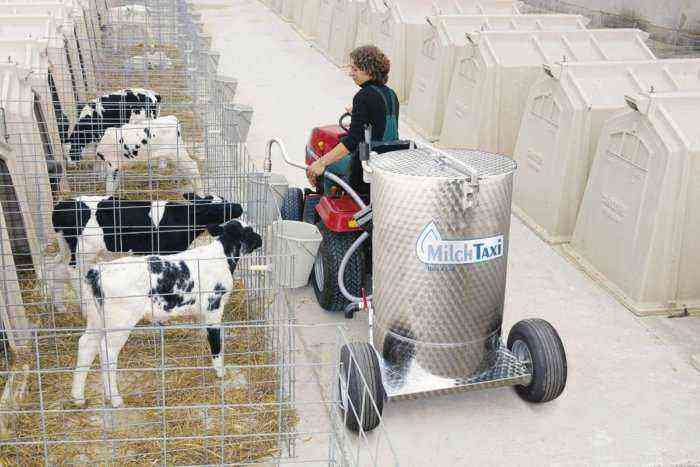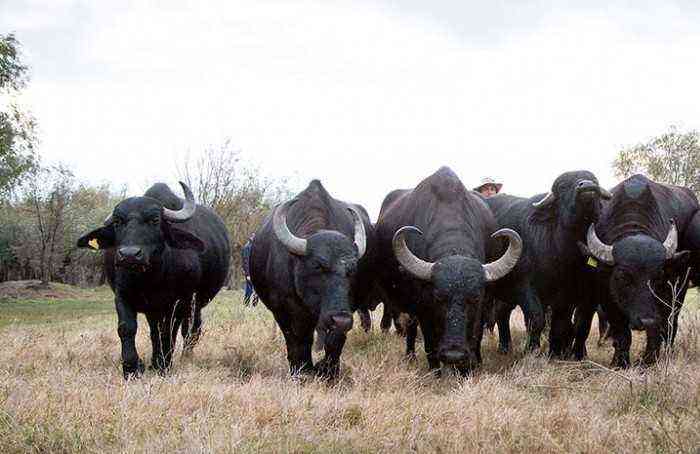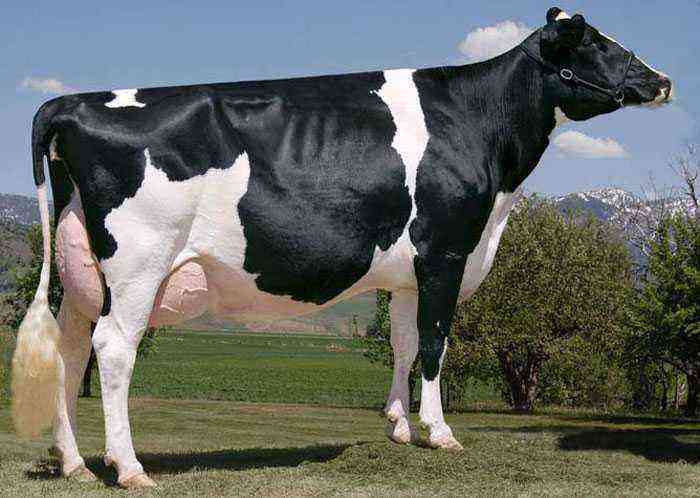Inflammatory diseases of the udder in small farms affect up to 15% of cows. On large farms where machine milking is used, the percentage of sick animals is even higher. The greatest danger is subclinical or latent mastitis in cows. What kind of ailment it is, what are its symptoms, how this pathology is treated, will be discussed in this article. We will also discuss preventive measures for this type of mastitis.
mastitis in a cow
What is hidden mastitis?
Subclinical (hidden mastitis) is an inflammatory process in one or more lobes of a cow’s udder, which is almost asymptomatic. Due to the absence of acute manifestations of the disease, it is not so easy for farmers to detect it in time. This is where the danger lies, because milk from a sick animal not only loses a lot of useful properties, but also causes a person to feel unwell.
Symptoms
Hidden mastitis in a cow is insidious because its symptoms do not manifest themselves for a long time. The inflammatory process may continue, but the farmers do not notice any deviations in the behavior of the animal. Often this form of mastitis passes into another, then there is a chance to detect a problem..
Attentive and caring farmers organize a monthly veterinary examination for their cows in order to exclude or detect pathological processes occurring in the udder in time. However, using the method of palpation, even a veterinary service worker cannot always determine the presence of inflammation that occurs in a latent form.
The farmer himself can notice the primary manifestations of subclinical mastitis, since milk yield gradually decreases with this disease. At the same time, the animal looks healthy, eats normally, no changes are observed in the udder – seals, soreness. Milk does not change its color or texture. However, the very fact of a decrease in the productivity of a cow should alert the owner of the animal. If a decrease in milk yield is detected, a veterinarian should be invited to conduct a diagnosis for the development of latent mastitis.

Reduced cow productivity
Diagnostics
Diagnosis of subclinical mastitis in cows is carried out by various methods. Visual inspection and palpation at the first stage help to identify minor deviations in the structure of the udder. At best, the veterinarian discovers:
- Small compaction of a jelly-like consistency in one or more lobes of the breast.
- Udder size reduction.
- Thickening of the walls of the nipple.
However, such manifestations are not always characteristic of subclinical mastitis. Therefore, the diagnosis of this disease includes other methods:
- determination of the inflammatory process by the number of somatic cells;
- using special test plates;
- using a settling test.
Calculation of somatic cells in milk and analysis of its composition
Normally, the milk of a healthy cow contains somatic cells. They are usually represented by leukocytes and erythrocytes, but the latter dominate in the absence of an inflammatory process. When a hidden focus of inflammation occurs in the udder, changes occur in the expressed milk – in this case, the number of somatic cells increases several times. The analysis shows the dominance of leukocytes over erythrocytes. In addition, other changes occur in milk that are easy to detect in the laboratory:
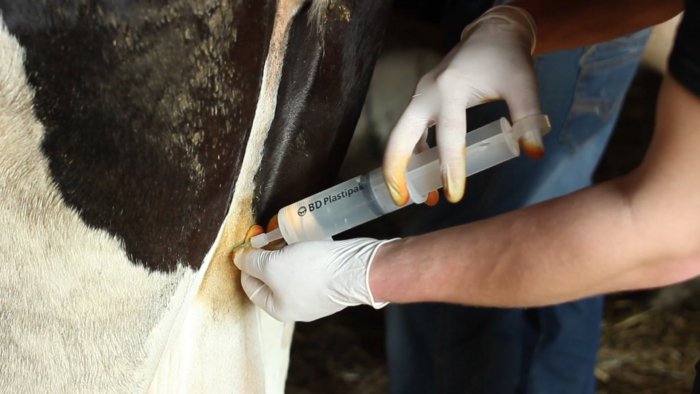
Diagnosis of the disease
- The acidity of the product decreases, an alkaline environment develops.
- The amount of globulins, albumins increases.
- The amount of protein, as well as phosphorus and calcium, is reduced.
Milk testing with reagent plates
For diagnosis in this way, milk-control plates are needed. They provide small containers-cells for mixing expressed milk and reagent. From each share of the udder, 1 ml of milk is taken from the cow, it is placed in special recesses. Then 1 ml of any reagent of your choice is added to them:
- Mastidine;
- Mast test;
- Dimastin;
- Mastoprim.
Milk and solution are mixed with a stick attached to the set. It is necessary to wait about 20 seconds for the chemical reaction to take place. An inflammatory process in the milk tank is evidenced by the formation of a clot in one or more cells of the plate. It has a jelly-like texture.
Settling test
Using this technique, the diagnosis of latent mastitis in cows can be carried out by the farmer at home. This does not require reagents and any special devices, except for glass test tubes. Each of them must be filled with milk from different parts of the cow’s udder and sent for storage in the refrigerator. Waiting time is about 15-18 hours.

Storing milk in the refrigerator
Check the result by evaluating the color and consistency of milk in test tubes. The product taken from the healthy portion will have a white or slightly bluish tint, while no clots or flakes will be found in it, and there will be no sediment at the bottom of the tube. If the udder share is affected by mastitis, a sediment is found in the test tube, the creamy layer is small, it is viscous and slimy.
Reference. This diagnostic method is recommended to be carried out 2 times a month, especially when starting a cow.
Treatment
If symptoms of latent mastitis are detected in a cow, treatment is started immediately. The animal is transferred to a separate stall, provide her with good conditions. The room should be warm and dry, the presence of soft bedding is required. To reduce milk production and relieve swelling of the udder, if any, reduce the proportion of succulent feed and drink.
One of the first measures taken by the farmer is the transfer of cows to manual milking. An udder massage is recommended before each pumping. A good result is achieved when using physiotherapeutic methods of influencing a diseased milk tank. These include:
- UHF
- Laser therapy
- infrared heating.
- Irradiation with ultraviolet.
- The imposition of compresses and applications with paraffin.
In the treatment of mastitis, antibiotic therapy is crucial. Consider which antibiotics are usually used in this case:
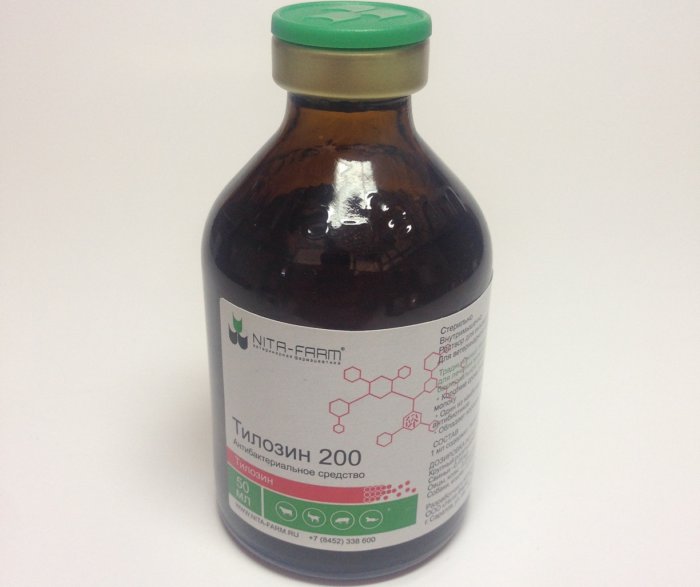
Tylosin 200
- Tylosin 200 is administered intramuscularly once a day at a dosage of 8-10 ml for 3 days.
- Bilozin 200 is also used intramuscularly twice a day for half a milliliter for every 10 kg of body weight of a cow. Treatment continues for 7 days.
- Efikur is injected under the skin, the dose is calculated based on body weight – 50 ml of the substance is taken per 1 kg of weight. The duration of treatment is up to 3 days.
- Mastiet Forte is injected into the udder, which contains both an antibiotic and the hormone prednisone, which relieves inflammation.
- A sick cow is given a novocaine blockade of the udder.
Attention! It is forbidden to consume the milk of a cow that has latent mastitis before the start of treatment. After the end of antibiotic therapy, milk should be retested. If there are no signs of the disease, the use of milk is allowed three days after the end of the antibiotics intake by the animals.
Prevention
Since this disease most often affects cows during start-up and dry periods, farmers should increase their health monitoring during this period.
How to start the drill correctly:
- Reduce by half, and sometimes completely eliminate succulent food and concentrates from the diet.
- Gradually transfer the cow to a double milking mode.
- We carry out a smooth transition to a single milking.
- We milk a cow every other day.
- Completely stop pumping milk.
Reference. Starting a cow is recommended to start about 2 months before the expected calving date.
As a preventive measure for subclinical mastitis, farmers are required to test milk samples twice a month in the pre-launch period.
The danger of latent mastitis is that over time it passes into other known forms of the disease. In addition, untimely detection of inflammation in cows is associated with the risk of human consumption of dairy products, which negatively affects their health. It is important to be careful and regularly test milk in order to detect symptoms of the inflammatory process.
